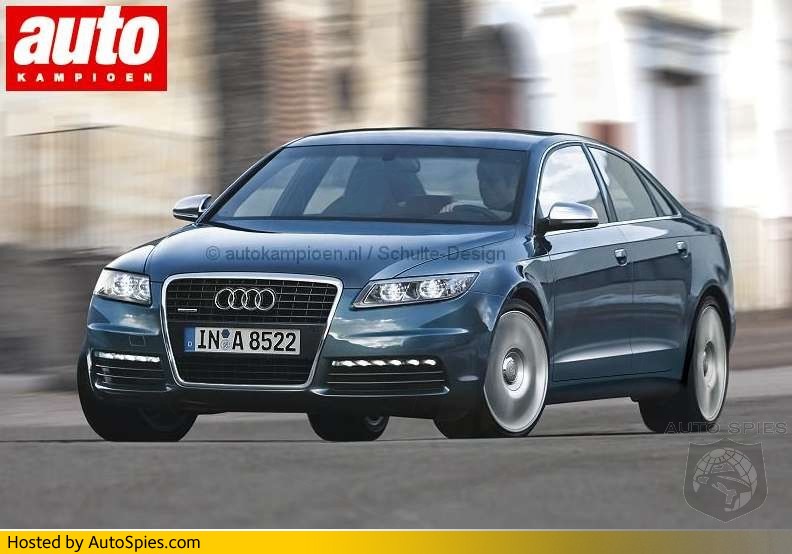It seems that an awareness of global warming and the degradation in the quality of the environment have inspired carmakers in manufacturing their cars and encouraged them to make a green automotive innovation. Ideally, the presence of new cars will no longer worsen pollution, particularly air pollution.
Next is a common problem in cities. High mobility forces people to own private cars to support their activities. As a result, motorized vehicles have become very great in number and traffic jams can be found everywhere. In fact, this situation can be addressed by safe and adequate public transportation.
Another factor that has prompted the manufacturing of ideal automobiles is the increasing price of crude oil. It is undeniable that an increase in the price of crude oil is unavoidable. Oil resources are limited while the demand continues to soar.
The three factors above have forced carmakers to rack their brains to produce a car of a compact size that is both fuel-efficient and green. A compact size is needed to ensure that the roads can accommodate more cars with ease. A small-sized body also means high mobility as it allows the car to move between larger automobiles. Another advantage of owning a compact car is that it will be easy for you to find a parking space.
The engine used for this compact car is not large, ranging between 900 and 1500 cc. A particular technology is employed to maximize combustion. The cc of the engine also makes sure that the car can be easily driven. In addition, this car will also be more fuel-efficient and environmentally friendly. A few years ago, we learned of the Suzuki Karimun as a successful city car. A short while later, compact cars of other makes were introduced such as the Hyundai Atoz, the Kia Picanto, the Honda Jazz, the Toyota Yaris and the Chevrolet Sparks, which is taken from the Daewoo Matiz.
The only trouble with this car is perhaps the size is too small to allow you to take your entire family or travel long distances. To this end, we need a car larger than just a city car. Luckily, these cars are now available in Indonesia. They use a diesel engine but are still limited in their types. Examples of these cars are the Isuzu Panther and the Toyota Kijang or the Peugeot 307 HDI in the sedan class. These larger cars can take in more passengers. Although the engines are nearly the same in their cc class, they are more fuel-efficient and more environmentally friendly.
In terms of fuel efficiency, a diesel car is slightly different to a car using gasoline engine. Engine efficiency comes from the combustion process, which uses an air compression system and fuel. Here the power to drive the car is bigger than in a car with a gasoline engine. Fuel efficiency can be seen from the fact that the gas exhaust emission contains less CO and CO2 because the combustion is perfect. In addition, the market price of diesel oil is now lower than that of gasoline.
Aside from a diesel engine, carmakers have come up with a new solution, namely the hybrid engine. Toyota uses this hybrid engine in several of its products. Its first car with a hybrid engine is the Toyota Prius and in 2008 it uses this engine in the Toyota Fortuner and the Camry. Meanwhile, this year Honda has its Civic Hybrid, in addition to the Honda Insight, which is the first generation of Honda automobiles with a hybrid engine.
Unlike a conventional engine, a hybrid engine uses two types of engines that work alternately. The gasoline engine is used when we drive the cars as usual. It is also useful to charge the battery cells for the engine. When we are trapped in a traffic jam or when we drive the car very slowly, the engine will be driven by the battery cells. The vendor claims that this car can save fuel by up to 200 percent compared with an ordinary car. If this claim is true, we can considerably cut our fuel costs.
Not only a gasoline engine but also a diesel engine can be hybridized with an electronic driver. One example is the Peugeot 308 X5 Hdi, which, according to motorauthority.com, will be launched in 2010. This new car has a turbo diesel engine of 1.6 L capacity with torque of 80 kW and 240 Nm. According to motorauthority.com, its fuel consumption is 4.9 L/100 km or about one liter of diesel oil to 20.4 km. John and Helen Taylor of Australia have even successfully covered a distance of 14,580 km using only 60 L of fuel.
Air pollution, traffic congestion and increasing fuel oil prices have prompted people to think about new options for existing motorized vehicles. A car of a compact size, a green technology and a low price will become the characteristics of an ideal car for daily purposes. Technology is not the solution to all these demands. Good behavior and a good intention are more than enough to respond to this challenge, particularly in terms of using a motorized vehicle. People, for example, should use public transportation more than their private cars for daily purposes. They can plan their trips carefully and carry out the plan with a high level of discipline so that they will not speed on the roads just because they are pressed for time.









































